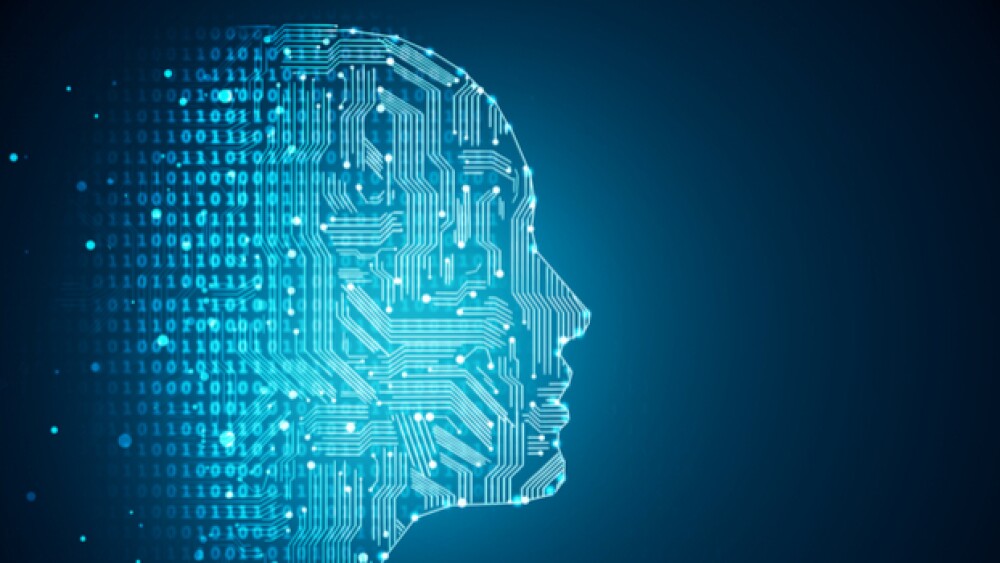There has been a string of news stories about how big pharma is teaming up with various artificial intelligence (AI) companies to leverage real-world data and speed drug development.
There has been a string of news stories about how big pharma is teaming up with various artificial intelligence (AI) companies to leverage real-world data and speed drug development. The general tone is that this is going to be world-changing, disruptive approaches that will revolutionize drug development. Perhaps not surprising, since that attitude has permeated the tech world and Silicon Valley at least since Apple founder Steve Jobs’ “insanely great” comment. But will AI and machine learning really do that?
Just this week, AstraZeneca announced a long-term collaboration deal with BenevolentAI, a UK-based company focused on combining computational medicine and advanced artificial intelligence. The two companies will focus on using AI and machine learning to discover and develop new drugs for chronic kidney disease (CKD) and idiopathic pulmonary fibrosis (IPF).
This deal only marks one of the most recent AI team-ups announced in the biopharma industry. In early April, only a few weeks after Concerto HealthAI inked a deal with Bristol-Myers Squibb, it signed a similar deal with Pfizer. The commonality was Concerto HealthAI focuses on oncology-specific Real-World Data (RWD) and advanced AI for Real-World Evidence (RWE) generation, an area of increasing interest for biopharma companies.
Pharma and healthcare executives discussed the topic Tuesday at The Wall Street Journal Health Forum, and they leaned toward the technology being, as Novartis’ chief executive officer Vas Narasimhan said, “another tool in the toolbox.”
Novartis has invested heavily into AI, but Narasimham is skeptical on whether it can predict which drugs will work better or even keep up with the rapid advances in complex diseases.
Pfizer’s executive chairman Ian Read agreed, noting that some of it comes down to lack of knowledge about how the diseases actually work, rather than AI’s ability to connect data. That goes back to the GIGO adage common at the beginning of the computer age—garbage in/garbage out. Computer programs, no matter how sophisticated, can only work with the information they have. “Using AI in drug discovery is extremely difficult and unlikely to be productive in the near term because our understanding of biology is not as deep as we’d like to believe it to be,” Read said at the forum.
But both Narasimhan and Read believe that digital record-keeping and communication would help save money, and Narasimhan indicated that studies have shown that pharma can cut about 20% from R&D costs by using some of these technologies more broadly.
Not everyone was as skeptical as Narasimhan and Read. Laurie Glimcher, chief executive officer of the Dana-Farber Cancer Institute, said, “Machine learning and AI are going to be very important. We want to put our patients on the right drug at the beginning. Because they don’t have time to wait. Cancer doesn’t wait. Nor should we.”
Glimcher also mentioned that Boston researchers are exploiting machine learning to improve tumor biopsy analysis and that Dana-Farber offers to sequence the DNA of all of its patients and merge the data with their medical records and treatment outcomes. It’s still early, but that kind of correlative health care data has an enormous potential to provide important insights into disease that can be exploited by biopharma companies.
And executives may very well be cautious about their skepticism as well. In February, the results of the Critical Assessment of Structure Prediction (CASP) contest hosted by the Protein Structure Prediction Center, sponsored by the U.S. National Institute of General Medical Sciences I(NIH/NIGMS), were announced.
CASP is a worldwide contest, or perhaps experiment is a better word, that has taken place every two years since 1994. Proteins have three-dimensional structures and those structures are an important element in how they function—it’s not uncommon, for example, for a mutation in the gene for a protein to result in the protein having a different shape, causing it to behave abnormally or not at all. And another fact to keep in mind is that protein shapes are dynamic, not necessarily static, transitioning between different states.
Every two years, the participants attempt to predict the 3-D shape of a specific human protein. Researchers focused on this type of research work to solve the problem using a variety of methods. Most recently, CASP wasn’t won by a biologist or biochemist, but by DeepMind, the AI laboratory owned by Google/Alphabet.
Mohammed AlQuraishi, a biologist at Harvard Medical School who participated in the contest, told The New York Times, “I was surprised and deflated. They were way out in front of everyone else.”
DeepMind didn’t just beat out the other scientists but gave a prediction that was almost twice as accurate as experts expected.
In his own blog, AlQuraishi criticized big pharma companies and the academic community for not keeping up. “The smartest and most ambitious researchers wanting to work on protein structure will look to DeepMind for opportunities instead of Merck or Novartis,” he wrote. “This fact should send chills down the spines of pharma executives, but it won’t, because they’re clueless, rudderless, and asleep at the helm.”
Merck, though, is exploring protein folding, but the company’s scientists think its impact is far down the road. It’s using deep learning algorithms on other aspects of drug discovery and development. Juan Alvarez, associate vice president of computational and structural chemistry at Merck told The Times, “We have to connect so many other dots.”
Also, very few if any academic institutions can afford the resources like DeepMind, and large biopharma companies aren’t likely to devote that much of their finite resources to one approach. Google acquired DeepMind in 2014 for a reported $650 million.
Still, companies that don’t leverage this tool may find themselves falling behind.





